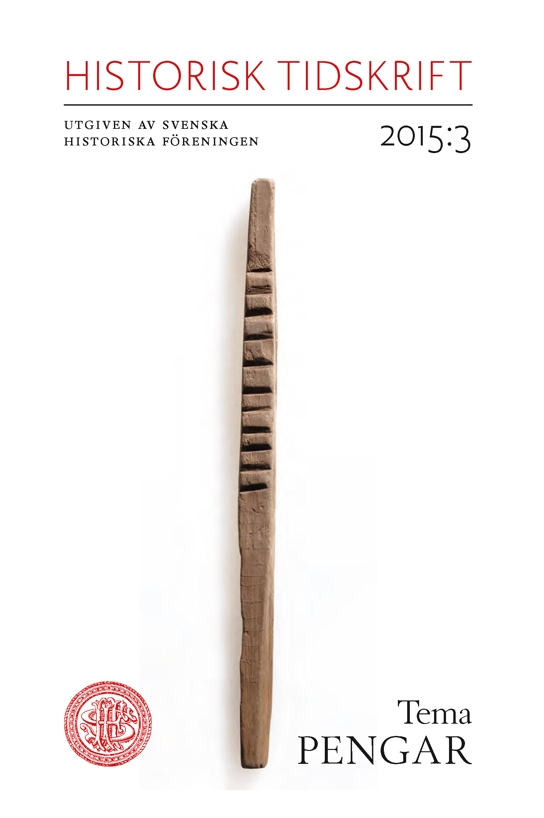Abstract
Notches on wooden sticks: The role of non-coin money in village organization
Local money in the form of notched sticks played a significant role in selfregulated organization of exchange in villages in 16th- and 17th-century Sweden. This kind of money is an example of non-coin money that only existed as money of account, or more precisely only as notches on wooden sticks (tally-sticks).
The article argues that it is impossible to speak of local money as an isolated unit. Instead, the money symbolized by notches was interwoven with credit-networks and social relations. This helps to explain how local money made cooperation possible. Moreover, the local money of account was connected to credit systems and social relations, which explains why adoption of modern credit forms as well as changes in social relations were slow to develop in many localities.
Using a perspective based in accounting history and anthropology, which sees money as credit, this article contributes to heterodox theories of money that seeks to explain the functions and social relations of different kinds of money.
The money system linked to the notched sticks can be seen as variation of today’s community currencies that make different social actions possible and which are constructed for special purposes. Often one stick was created for a specific activity. In other words, the farmers created their own money for different purposes. For example, there were turn-taking sticks for ploughing snow, feeding the bull, delivering the post or providing transportation for the local clergy etc. Such sticks were often connected to sticks that recorded failure to deliver services. Persons who had not done their daily work had to do more days of work in the future. Other sticks could be used to remember and calculate how much timber or workdays different farms contributed to buildings such as the common mill or saw and how much of it was used. Such sticks made it possible to calculate and ensure that rights and obligations were distributed according to egalitarian principles. In such cases money as notches was used as calculative money and made possible value reciprocity.
The article is based on ethnographic and historical literature together with the Nordic Museum’s collection of notched sticks, including information about their usage; the Nordic museum’s questionnaires about village organization in the beginning of the 20th century; and private research archives.

